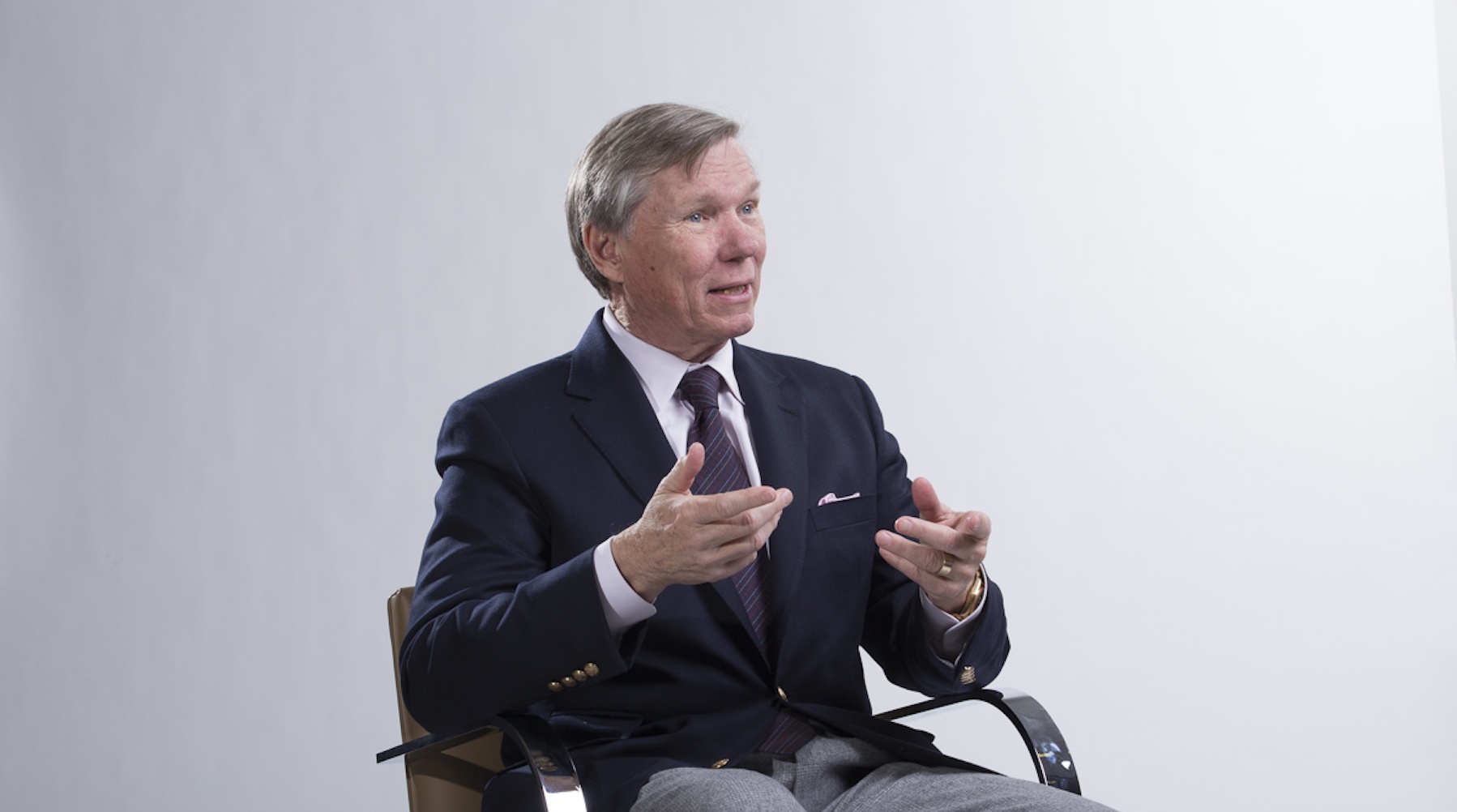It was the last week in February, and Mary Schneeberger was flying home from a business trip in Chicago. After she took her seat – a window, as Mary had recently read that they carry the lowest chance of picking up a bug from fellow passengers – a woman plopped down next to her. And promptly began to cough.
For the next two hours or so, as her seatmate hacked and sniffled, Mary did her best to avoid the invisible cloud of germs she was certain this woman was emitting. But, hey, you can only get so far away from someone who’s sharing an armrest with you.
When the plane landed in Oklahoma City, the woman grabbed her bag from the overhead bin and made her way up the aisle. Mary breathed a deep sigh of relief and promptly forgot about her former seatmate.
Until a week or so later, when Mary developed a dry cough, body aches and a fever.
She felt miserable for several days, but after peaking at 102 degrees, her fever began to subside. Her cough soon waned as well, and by the weekend, Mary started feeling like her old self.
However, as the days turned to weeks, Mary couldn’t quite shake the long tail of whatever she’d had. In particular, she consistently continued to register temperatures above 99 degrees and often just above 100.
At first, Mary scoffed at the idea that she might have Covid-19. If that were the case, she would have been the first case in Oklahoma, developing her symptoms a full 10 days before Rudy Gobert emptied out the Chesapeake arena and brought the NBA season to a screeching halt.
But after nearly a month and no change, Mary visited her physician. He tested her for the flu and strep, and both came back negative. Still, he was unable to test her for the coronavirus, as diagnostic tests were in short supply at that point, reserved only for the sickest folks or those with known exposure to infected people.
So, Mary kept to herself. A software designer, she works from home. That made isolating herself fairly easy. She missed her goddaughter, friends and partner (Oklahoma Medical Research Foundation general counsel Adam Cohen, through whom Mary generously shared this story). But she didn’t want to infect them, or anyone else.
Finally, in April, Mary’s temperature returned to normal. Able at last to get tested for the virus, she came up negative.
Still, her doctor thought there was a fair chance Mary had been infected with the coronavirus. All of her symptoms lined up, and garden-variety respiratory illnesses don’t typically cause low-grade fevers that linger for a month. So, he arranged to have her tested for antibodies.
As most know by now, the presence of antibodies to the SARS-CoV-2 coronavirus demonstrates a person had been infected. Although research studies are still ongoing, most experts believe that antibodies will confer some degree of protection against future infection.
“I had prepared myself for disappointment,” said Mary. “So, that made me even happier when my results came back positive for antibodies.”
In a state where confirmed cases stood (and still stand) well below 1 percent of our population, Mary had earned coronavirus gold-card status. Proposals even circulated to give folks like her certificates of immunity or armbands that would signify their special antibody-positive status.
To her credit, though, Mary played it cool. “Everything I read said that we should behave as if we and everyone around us might have the virus,” she said. She continued to wear a mask, to practice social distancing, and to keep interactions with others to a minimum.
That turned out to be a good thing, because in the weeks that followed, reports of faulty antibody tests began to arise. Specifically, many were yielding large numbers of false positives. As a result, the Food and Drug Administration discouraged the use of dozens of them – including the one Mary had taken.
Mary had been eager to donate plasma, as it appears plasma from recovered Covid-19 patients can rescue those who are severely ill. But with the news of unreliable antibody tests, she began to doubt her own results.
Earlier this month, as part of a new National Institutes of Health project, OMRF launched a research study that involved antibody testing for those who’d recovered from coronavirus infections. Mary signed up. When she had her blood drawn and tested this past Tuesday, she was disappointed – but not surprised – to learn that she did not, in fact, have antibodies.
I wish I had a big silver lining to end this tale. I don’t.
However, I will underscore how wise it was of Mary to exercise care at every stage of her experience. No, she doesn’t enjoy immunity to the virus. But because she stayed prudent even when she believed she was immune, she didn’t end up getting infected – a fate that could have landed her in the hospital, or worse.
Mary’s story shows how much we still have to learn about this virus. It also demonstrates how the things we think we know can turn out to be dead wrong.
Happily, Mary hasn’t let the latest turn of events get her down. “I’ll just keep doing what I’ve already been doing,” she said.
And until there’s a vaccine, that’s what we all need to do.



